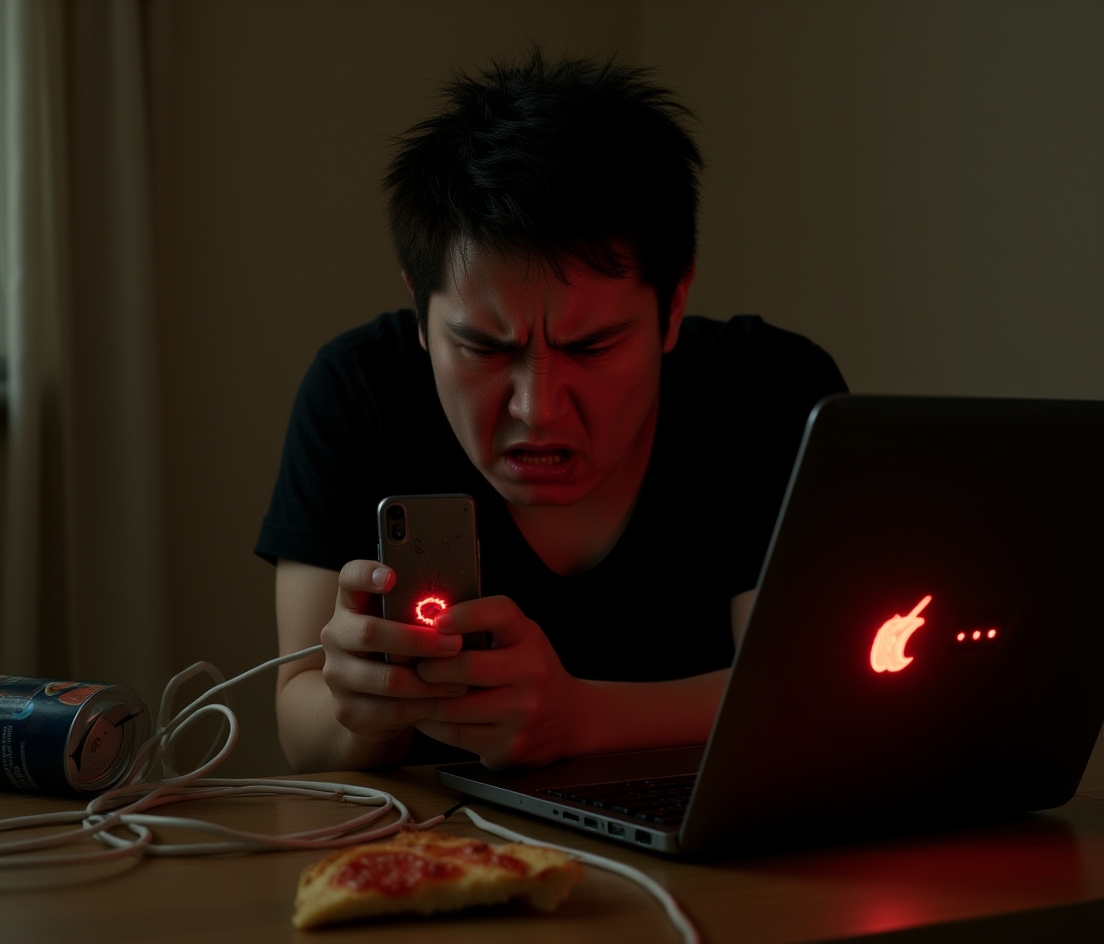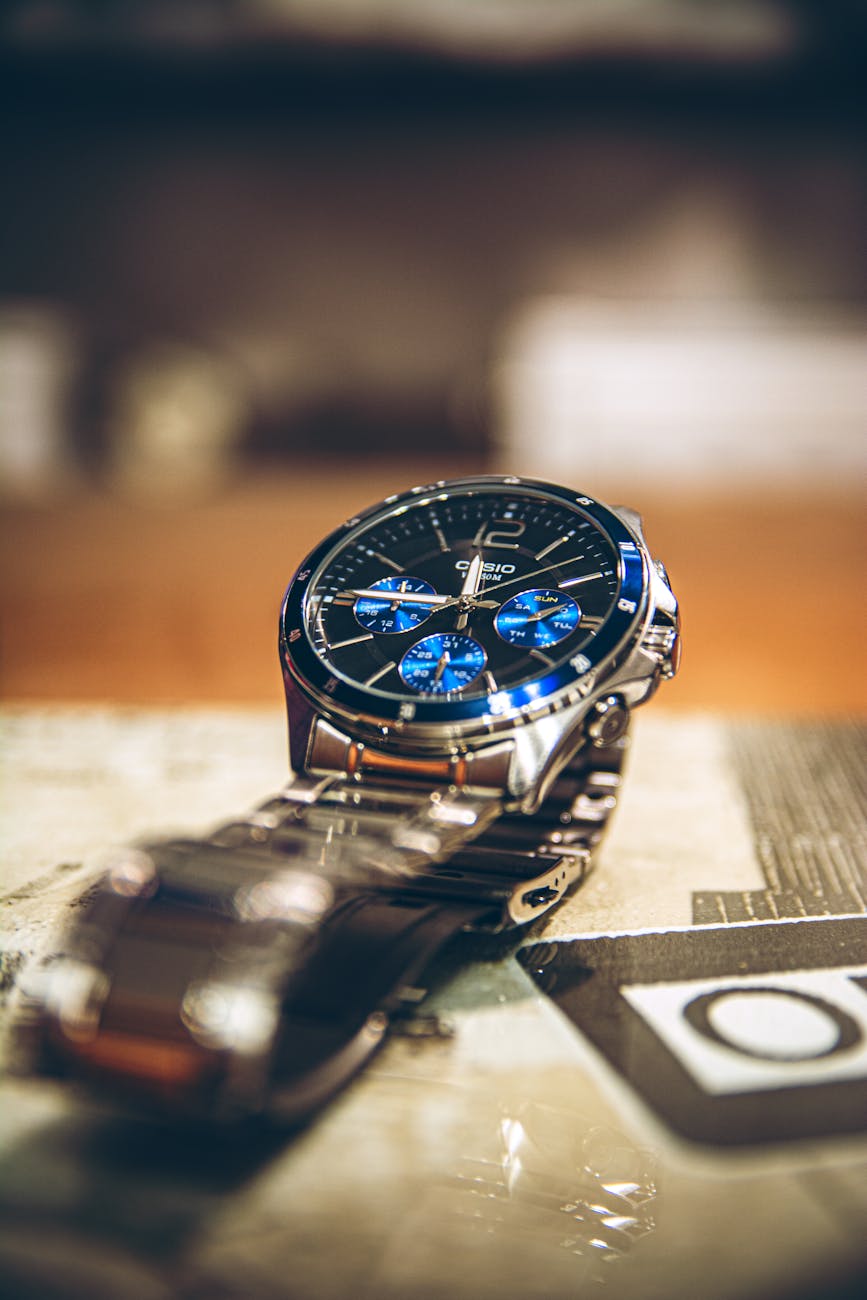OK, well, the last post about how to get HDR output out of OBS worked! I even finally figured out how to make the objects work in OBS which is not obvious here are the things to know:
- The selection model has never been clear to me as to when things are copied objects and when things are “by reference”.
- So here is what I’ve learned. The first is that most objects are by reference. That means if you created a single like “Color – Blue”, when you “add it” to a scene, then somehow when you add it properties like size and position are copied, but other things like the color are by reference.
- Putting this into easier-to-understand terms, you only need to create one Audio Capture, Video Capture, Text, and Colors. These can be reused in any of your scenes with resizing and position independent of everything. This is convenient because you only need one of these. I got rid of lots of objects this way. I only need one blue color and can reuse it.
- The way to deal with groups is that you are allowed one level of groups, so for me, I often take my laptop to different locations (I have three different places where I do video Podcasts), so the most convenient thing to do is to have. Mic group with all your microphones, a Video group for all your potential video capture sources (eg one for each camera, webcam, or another input device).
- Then to handle things like captions and things, the difference between the red outline and the blue one has always been confusing. The short answer is that when you put an object into a group, the red outline is the maximum of all the objects in the group. If you want to resize and position all the items in a group then click on the group name and you will see the red outline and you can drag the corners and edges to resize. If you want to crop, then hold the Option key and it will crop all the objects in the group.
- If you just change the position of any object in the group, then if you click on it the red outline remains to show you the overall space taken up by the entire group and a blue outline will light up, and then you can move the object, resize it and crop it with the same controls. Geez how confusing. A tool tip would have been nice!
Dealing with Red and Blue Windows with OBS
OK, this is also confusing, but in general, with the latest OBS Studio, you want to use the Window Capture. On a Mac, Window Capture also gives you all the audio coming out of the Window. This works great for Zoom. You just need to create a Capture object and then when you start Zoom, you have to manually every time click on Window and then find the right Zoom object. Typically to make Zoom work, I set it up in “Dual Monitor” mode and turn off Self View. Then when you share a window for them to look at, you can still see their faces and you can use Windows Capture to get it.
So in the situation where you have a Google Slide presentation, you use Windows Capture to get it and make sure to size it. If you set your Google Slide to 16×9 output then you can make it fit perfectly full screen as this is the aspect ratio for UHD. And then you can drag your image and the Zoom image on top in small windows and see people and the video. It works great!
Minor fix to OBS Settings: Limited Color Range
The only change was that the Apple Codec does not support Full Range in color resolution so you need to switch it to Limited Range which means you can’t get to zero, so the complete lists are added in OBS > Settings > Advanced > Video > Color Range > Limited
It correctly pushed out an HDR video (which I’ve never had before) and this is in full P416 which is 16-bit without any Chroma subsampling at all (4:4:4). Interesting, it seemed like a much smaller file. A 50-minute file was 1.7GB while in my old setup, a 1:50 was 4GB, so something about doing this worked well.
And having in Advanced > Recording> Automatically remux to mp4 also worked great and skipped a step.
When I went into Final Cut Pro and set the Project to HDR PQ mode, I found the 1000-nit limited file got me to about 400 nits and I didn’t need to apply HDR Tools. Although going through the color panel, I tweaked the exposure to get a bit more highs as the limit seemed to be 400 nits and then turned down the midrange so that it had higher contrast.
Chapters in Final Cut Pro (buried in XML)
This is pretty easy, once your video is done, drag the handles on the timeline, and then an Option-M will create a chapter mark. The trick is that you have to type into the text field, the actual MM:SS of it.
You can output the chapters in a text file for use on YouTube like this Amazingly you have to buy for $10 a program that does this for you which seems kind of ridiculous. You can also export the XML metadata and then extract the markers, you do have to do math to figure it out. For me, it is actually simpler just to do this manually. There is a freeware extension called FCPYoutubeChapters that you can download and make sure that you have a Chapter at 00:00.
I might have Llama or something just generate a file for me as have some sort of application that I don’t know how it was made is pretty scary
Manually adding YouTube Markers
Well, the trick here is that in your description it is looking for the magic “00:00” at the front and then it knows that these are minute marks:
If you dare to use that program, you will get a text file and then you can copy it into YouTube, otherwise, you just have to do it manually, but the parsing rules are
- You must start the first timestamp as the first thing on the line and it must be 00:00
- You must at least three timestamps
- The minimum time between timestamps is 0 seconds
Note that you can turn on Automatic time stamps in YouTube Studio by going to Content and then Show More and “Allow automatic chapters and key moments”. This is on by default.






